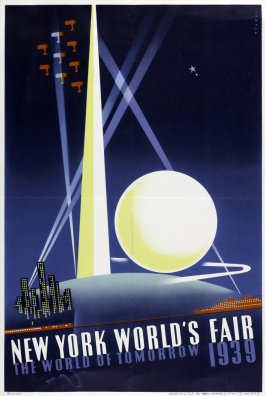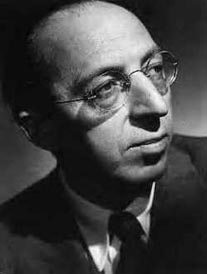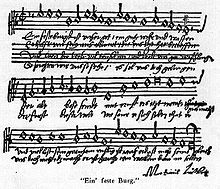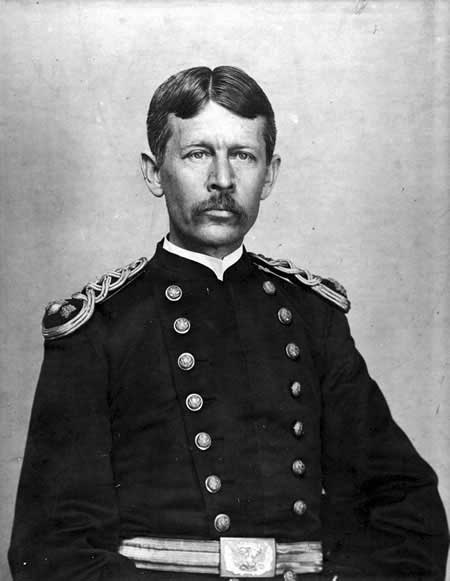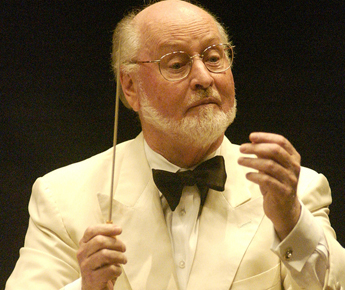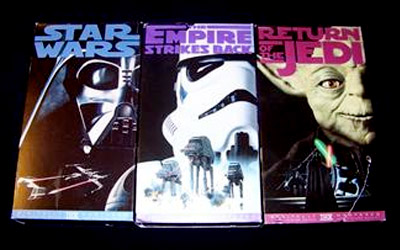This week’s theme is…Yet More Syndication! I’m hard at work on more great content for the weeks ahead. Until then, enjoy just a few more of my favorite episodes in rerun 🙂
Yet More Syndication, Day 4 – “Washington’s Birthday” from New England Holidays Symphony by Charles Ives

There really isn’t anyone else with a story like Charles Ives. Not that I can find anyway. And I don’t think it’s a story anyone would think to write. Growing up in late 19th century New England with all its hearty folk, his father George was firmly integrated within the established structures of the American military and Protestant religion, as band leader and Methodist church musician, respectively. From George’s example Charles learned to respect and honor the cherished traditions of American civility, but with odd twists. George may have inhabited contexts that valued proprietary and conservative expressions of artistry with the square, stodgy hymns and marches of his professional appointments, but he had a deeply eccentric streak that constantly threatened to bubble over, filling the corners of his family life with unpredictable yet exacting techniques, and inundating the young Charles with an abiding interest in coloring outside of the conventional lines. Charles drank deeply from George’s encouragement to find the fun between the cracks of traditional music, harmonizing melodies in the wrong key, listening for quarter tones, putting different and contrasting musics together in cacophonous ways, and simply observing how music and other sounds behaved in their natural habitats, free of musical aesthetics overlaid in order to constrain their innate reactivity.
Charles took his father’s guidance to heart, and began to capture the quaint America that he knew in odd and original music that seems avant-garde to our ears, but is revealed to be sincerely American if we look a little closer. It is not exactly right to label it as “avant-garde” as you might do with the music that was written simultaneously across the Atlantic Ocean; Ives’ music comes from a much different impulse, one that seeks to combine the lyrical American folk traditions he knew with a musicality that is simply unconstrained by traditional tonal boundaries. And so, if you are able to hear past what sounds off-putting and difficult at first, you may find yourself unexpectedly rewarded by a sweet and unassuming voice that could come from the lad next door, taking you on a buggy ride through a village in New England, passing through picturesque snapshot after snapshot, each with its own kind of music, and all of them quaint and charming. When we are out and about, hearing the sounds of our environment commingled into a cacophonous row it is not displeasing to us; Ives’ genius is that he takes this idea and works it into his music. If you can hear that, his works become enjoyable, vivid, even entrancing. You realize that what sounds harsh and assaulting at first as actually incredibly warm, inviting, and distinctly American in the best way.
Washington’s Birthday from the 4-movement Symphony of New England Holidays is a terrific example. After getting to know this movement just a little bit, I find it surprisingly comforting, well-paced, inventive, and most enjoyable. The first few minutes of the movement are made of cloudy, shifting harmonies and bleary orchestration. Washington’s Birthday is on February 15th, always snowy in New England, and these first few minutes depict the slowly drifting snowy landscapes Ives would have trodden upon at this time of year. I have to say he really captures something about a peaceful, if bitterly cold, snowy evening. I can clearly picture the still drifts of snow, bathed in the dusty light of street lamps, with the occasional gust of wind which slightly changes their shape every so often. As the cold intensifies and we tire of the walk, the nagging flute seeming to echo the discomfort of the cold, we eventually discover our destination: a festive barndance filled with fiddlers and Jews’ harp players. In this section Ives, as he so often did, sought to illustrate multiple events in space, much like a musical 3-ring circus. While you may think that anyone can layer different music together and call it a sonic experiment, the rhythmic vitality that pops out of the texture reveals Ives to be a masterful technician with solid craft. Not just anyone could do this, even if you may think that 😉 Do you hear any songs you recognize? It is a good exercise to listen for the different events that commingle into the cacophony and this helps to make it more enjoyable than you might think at first. After an unexpectedly gorgeous and lyrical episode, “Good Night Ladies” eventually brings the dance to a close with the now somber revelers leaving the party.
While the sensibility that drove Ives to create his sonic adventures is not really like that of the European avant-garde, it resonated with them. Schonberg, among others, greatly admired Ives’ imaginative, deeply personal and most uncompromising approach. While this doesn’t surprise me, I think it is worth pointing out that Ives was responding to much different impulses than the European avant-garde musicians. Musical invention for Ives seemed to be a game and challenge to constantly top his previous flights of fancy, all drawn from an eccentric and personal inner landscape. It is not wrought with existential struggle or dread as I often note in the music of Schoenberg, Debussy, Hindemith, and their ilk. Ives is always writing from a place of great optimism and good cheer. And when he didn’t care who listened, it was not out of any indignant prophetic vision, but rather from a rugged, individualistic smugness. Distinctly American, isn’t it? Ives was not preaching doom on a street corner, urging repentance; he was encapsulating his America in a series of cheeky and affectionate puzzles that he worked through as a hobby on the weekends.
Had he been true blue avant-garde, writing out of apocalyptic philosophical convictions, he probably would have acted the part of the starving artist, forgoing the comforts of the good life in order to unleash his prophecy on humankind, no matter the cost. But that was not Ives. Instead, he made a fortune as president of the largest and most successful life insurance company in America, steadily producing his distinctly American music all the while. He watched his work gain acceptance, praise, recognition and performances very gradually over the course of his life, but he was clearly not one so convicted to sacrifice the American Dream in protest of the public’s slow acceptance. And it makes sense; his society did not demand an avant-garde. It remained stable and optimistic well past the end of his life. While we can listen to Schoenberg, Hindemith, or Shostakovich and have our souls darkened by existential angst, Ives may sonically affront us at first,but it does not take long to listen past the dissonances and hear the playful, optimistic American spirit at work just below the surface.
—
Would you like Aaron to provide customized program notes especially for your next performance? Super! Just click here to get started.
Want to listen to the entire playlist for this week and other weeks? Check out the Smart and Soulful YouTube Channel for weekly playlists!
Do you have feedback for me? I’d love to hear it! E-mail me at smartandsoulful@gmail.com
Do you have a comment to add to the discussion? Please leave one below and share your voice!
Subscribe to Smart and Soulful on Facebook and Twitter so you never miss a post!


